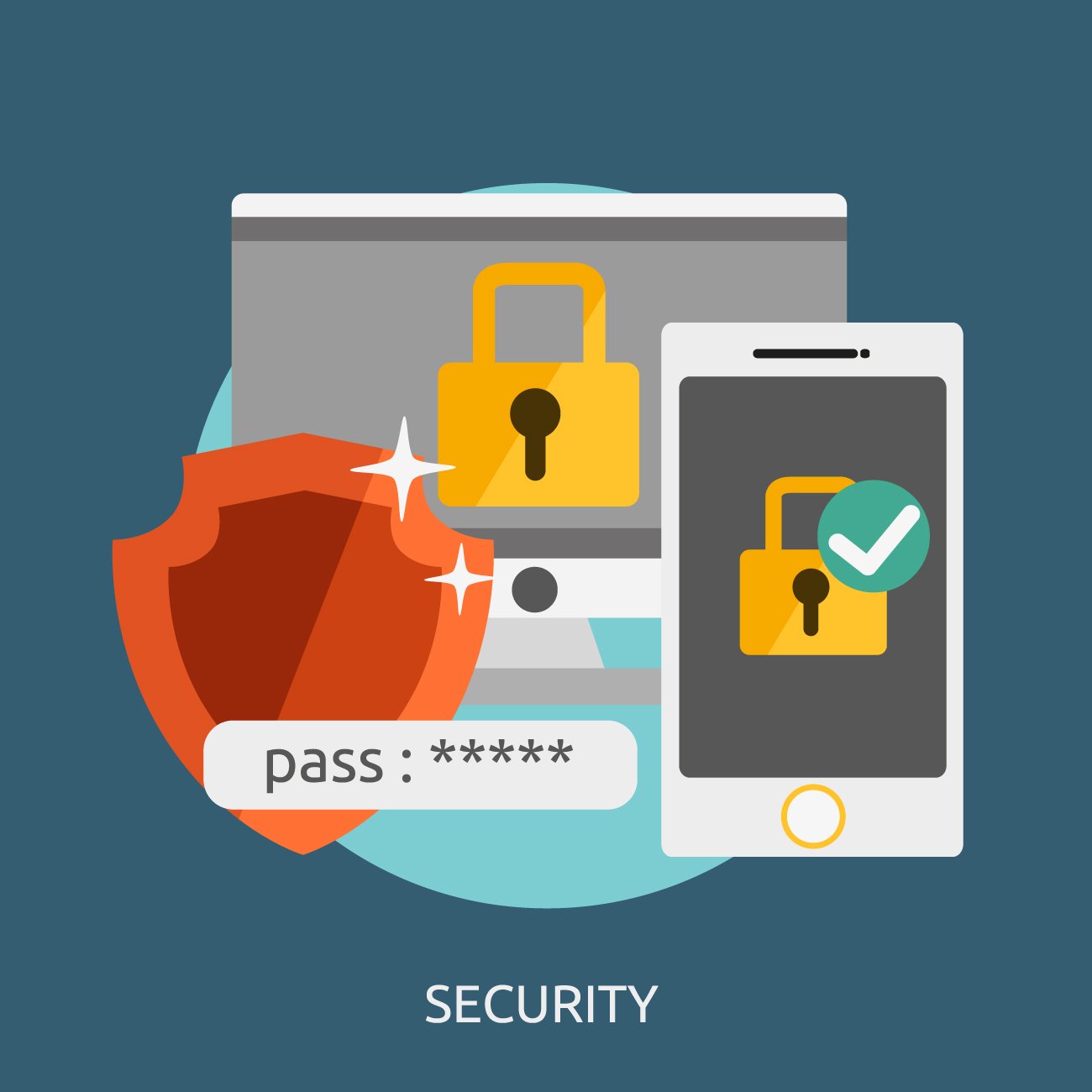No one likes SPAM. I used to tolerate it, but now that I get over 100 a day, it is really beginning to get on my nerves. I’m not sure who actually buys anything from those incessant emails for replica OmegaRoexWatches, VIP Casino, V1agra!, and all of the other crap that is being pitched, but the reality is that people do buy things which is why we all get them.
The amount of SPAM most companies get is obscene. Over a 1 week period our SPAM software flagged 75% of all email as spam adding up to over 5,000 messages. We have client with about 100 users that was at 74% SPAM and over 24,000 messages. Things do look bleak when it comes to dealing with SPAM.
So what can be done to stop or at least reduce, spam besides educating everyone on the Internet to not buy anything from a spam message? Below are some of the general options out there to help. My take on this is that nothing is perfect since I want system will block spam before it ever hits my server, allow me to review my spam message easily from within Outlook, allow me to easily flag messages as spam or not as spam, and do an exceptional job at catching what needs to be caught while letting the real messages through.
- Server based – This setup has you buy and install software on your email server to then filter spam. It normally works well with little server overhead or management needed and allows you to see all of the messages that have been flagged as spam in your account in order to grab the false positives, but the downside is that all of the spam is still making it to your server and taking up you server and Internet resources. GFI is an example of this kind of service.
- Hosted – This option is becoming more and more popular since the hosted provider deals with the spam and only send along the “real” emails to your email account. The upside is that Postini is an example of this kind of service.
- Intermediary – This is another hosted service, but the way it works is a bit different from the above. With this system, if someone sends you an email, the send gets an auto reply for them to go to a website and authenticate themselves before the message makes it to you. It is an easy enough process of clicking on a link and filling in a field with some pass code info that is on the page, and then you are done. The problem I have with this kind of service is that it impacts the people who are trying to email me, along with the spammers. I really do not want to bother the real people sending me emails even if it is a one time thing. This is however a very affective option for almost completely reducing spam. ChoiceMail is an example of this kind of service.
- Built in to Exchange server and Outlook – This works, but it is VERY basic for options. The standard setup rejects anything that it determines is spam thus rejecting any false positives that may come along. You do have the option to have anything it finds as spam sent to another mailbox or public folder for review, but just imagine the pain involved with looking for a false positive in the pool of EVERYONE’s spam message. for the life of me I cannot figure out why the Exchange server spam engine cannot just work in conjunction with the Outlook spam filter. This would deliver a very affective solution since the Outlook spam filter does a pretty good job and allows users to very easily flag messages as spam or safe.
So why do you get spam in the first place? The frustrating part is that most spam happens by you just doing your normal course of business. For example, if you put your email address on your website, spammers will search the web for these and add it to the database. Once it hits a spam database, it can end up on a lot of other ones so it can spiral out of control. A lot of website make people use an email address for their own marketing needs, but often these get sold to spammers as well.
Any other ideas for reducing spam? I know people that have multiple email address which allow them to use specific emails address for specific needs. So if you need to use an email address for a website, you use one of the bogus ones that you do not care about getting spam. This works well, but then you need to remember and think about which email address to use and then manage multiple mailboxes.
If anyone out there has the perfect service or tool, please create a comment to this blog entry. I would love to know what others are using to see if there is something better out there for our clients to use.





